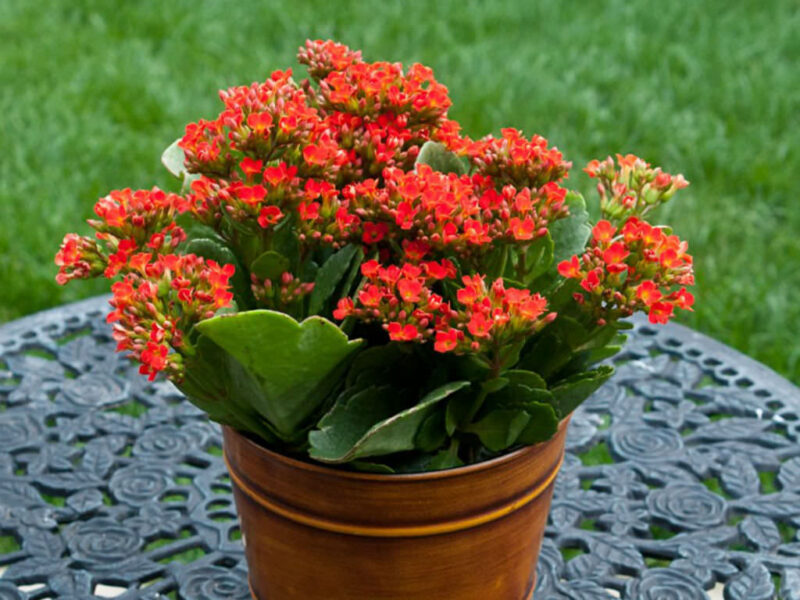When it comes to keeping your home filled with lush greenery and beautiful blooms, few plants can compare to the Kalanchoe. A member of the Crassulaceae family, this delightful plant is easy to care for and has the potential to fill your home with vibrant colors.
In this guide, you’ll learn all the essential tips and tricks to keep your Kalanchoe thriving and healthy all year round – from watering guidelines to other essential care tips. Whether you’re a beginner or a seasoned gardener, this guide has something for everyone. Let’s get started!

How Often to Water Your Kalanchoe Plant
When it comes to caring for your kalanchoe plant, one of the most important things to keep in mind is how often to water. Kalanchoes are succulents, which means their leaves are capable of storing water for extended periods of time. Therefore, it is important to allow the soil to dry out between waterings.
The amount of water your kalanchoe needs and how often you should water it depends on several factors, including the size of the plant, the pot it is in, and the season. Generally speaking, kalanchoes need to be watered every two weeks or so.
However, this can vary depending on these other factors. If your kalanchoe is in a small pot, you should water it more often because the soil will dry out faster. On the other hand, if it is in a larger pot, you can wait a bit longer before watering it.
During the winter months, when plants go dormant, you can reduce the amount of water you give your kalanchoe. To determine exactly how often you should water your kalanchoe, you should stick your finger into the soil and feel around.
If the soil is dry all the way to your second knuckle, it is time to water your plant. If it feels moist, wait a few days before watering it again.
Signs of Overwatering and Underwatering
Overwatering and underwatering are two common problems that can affect the health of a Kalanchoe plant. Some signs of overwatering include yellowing or wilting leaves, brown or black spots on the leaves, and a bad smell coming from the soil.
On the other hand, some signs of underwatering include crispy or dry leaves, drooping leaves, and stunted growth. To avoid these problems, it’s important to water your kalanchoe plant regularly, but not too much. It’s also a good idea to check the soil moisture level regularly to ensure that your plant is getting the right amount of water.
Tips For Caring For Your Kalanchoe Plant
Kalanchoe plants are popular for their colorful flowers and easy-to-care-for nature. Here are some tips for caring for your kalanchoe plant:
- Water your kalanchoe plant regularly, but be careful not to overwater it. Allow the soil to dry out slightly between watering to prevent root rot.
- Place your kalanchoe plant in a location with bright, indirect light. Avoid direct sunlight, as this can cause the leaves to scorch.
- Fertilize your kalanchoe plant once a month during the growing season using a balanced liquid fertilizer.
- Keep the temperature around your kalanchoe plant between 60 and 75 degrees Fahrenheit. Avoid placing it in a drafty location or exposing it to sudden temperature changes.
- Repot your kalanchoe plant every two to three years, using a pot that is slightly larger than the previous one. This will give the plant room to grow.
- Prune your kalanchoe plant as needed to remove dead or damaged leaves and stems. This will help keep the plant looking healthy and encourage new growth.
Conclusion
Taking care of a Kalanchoe plant involves providing the right amount of water, adequate sunlight, and proper fertilization. It’s important to let the soil dry out slightly between waterings and to avoid overwatering, which can lead to root rot.
Providing the plant with plenty of bright, indirect light will help it thrive, and using a balanced fertilizer during the growing season can help ensure healthy growth and vibrant flowers.